Supportive Government Policies
Supportive government policies are emerging as a crucial driver for the regenerative medicine market in South America. Governments are increasingly recognizing the potential of regenerative therapies to address pressing healthcare challenges. Initiatives aimed at fostering research and development, along with streamlined regulatory processes, are being implemented to encourage innovation. For instance, several countries in the region have established funding programs to support clinical trials and research initiatives. This proactive approach is expected to enhance the market environment, potentially leading to a market valuation of $4 billion by 2028. By creating a favorable regulatory landscape, governments are likely to stimulate investment and collaboration among stakeholders, thereby accelerating the growth of the regenerative medicine market.
Rising Demand for Advanced Therapies
The regenerative medicine market in South America is experiencing a notable increase in demand for advanced therapies. This surge is primarily driven by the growing prevalence of chronic diseases and age-related conditions, which necessitate innovative treatment options. According to recent estimates, the market is projected to reach approximately $5 billion by 2027, reflecting a compound annual growth rate (CAGR) of around 15%. Patients and healthcare providers are increasingly seeking alternatives to traditional treatments, which often have limited efficacy. This shift towards regenerative therapies, including stem cell treatments and tissue engineering, is reshaping the healthcare landscape. As awareness of these therapies expands, the regenerative medicine market is likely to witness further growth, driven by patient advocacy and the need for effective solutions to complex health issues.
Growing Public Awareness and Education
Growing public awareness and education regarding regenerative medicine are significantly influencing the market in South America. As information about the benefits and possibilities of regenerative therapies becomes more accessible, patients are increasingly seeking these options. Educational campaigns and outreach programs are helping to demystify complex treatments, fostering a more informed patient population. This trend is likely to contribute to a market growth rate of approximately 12% annually over the next few years. Enhanced understanding of regenerative medicine's potential to treat previously untreatable conditions is driving demand. Consequently, healthcare providers are adapting their practices to incorporate these therapies, further solidifying the regenerative medicine market's position in the healthcare ecosystem.
Increased Investment from Private Sector
Increased investment from the private sector is emerging as a significant driver for the regenerative medicine market in South America. Venture capital firms and private equity investors are recognizing the lucrative potential of regenerative therapies, leading to a surge in funding for startups and established companies in this field. Reports indicate that private investment in regenerative medicine could exceed $2 billion by 2025, reflecting a growing confidence in the market's future. This influx of capital is facilitating research, development, and commercialization of innovative therapies. As private sector involvement intensifies, the regenerative medicine market is likely to experience accelerated growth, fostering a competitive landscape that encourages further advancements and breakthroughs.
Technological Advancements in Cell Therapy
Technological advancements are playing a pivotal role in the evolution of the regenerative medicine market in South America. Innovations in cell therapy techniques, such as CRISPR and gene editing, are enhancing the efficacy and safety of treatments. These technologies enable precise modifications at the genetic level, potentially leading to breakthroughs in treating genetic disorders and degenerative diseases. The market for cell therapy is expected to grow significantly, with projections indicating a value of $3 billion by 2026. As research institutions and biotech companies invest in these technologies, the regenerative medicine market is likely to benefit from improved treatment outcomes and increased patient access to cutting-edge therapies. This trend underscores the importance of continuous innovation in driving the market forward.


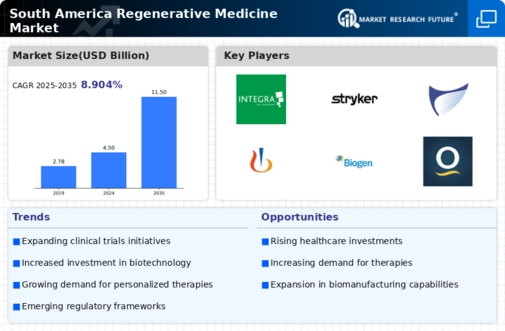

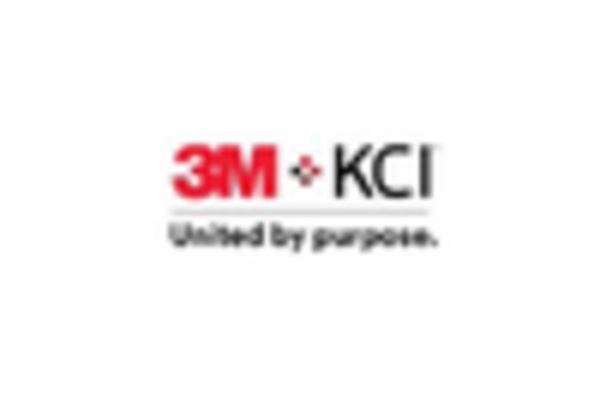
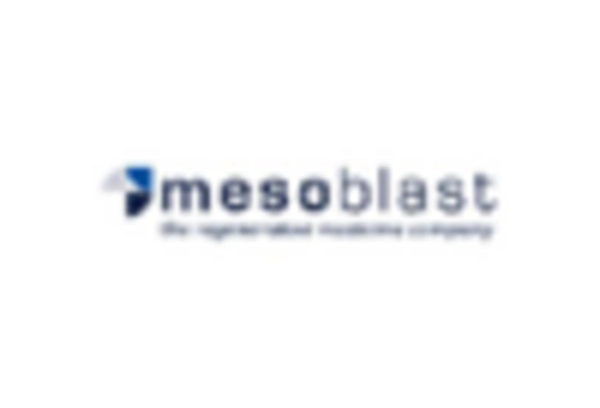


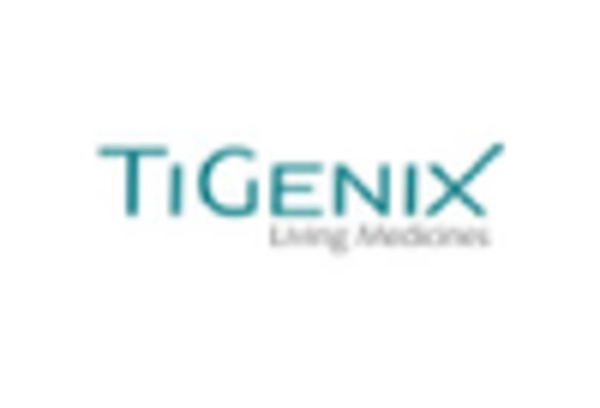
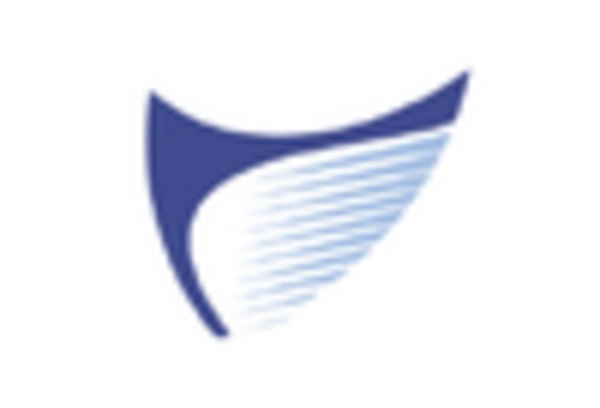








Leave a Comment